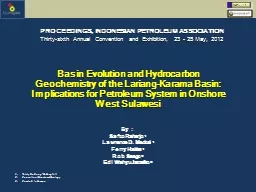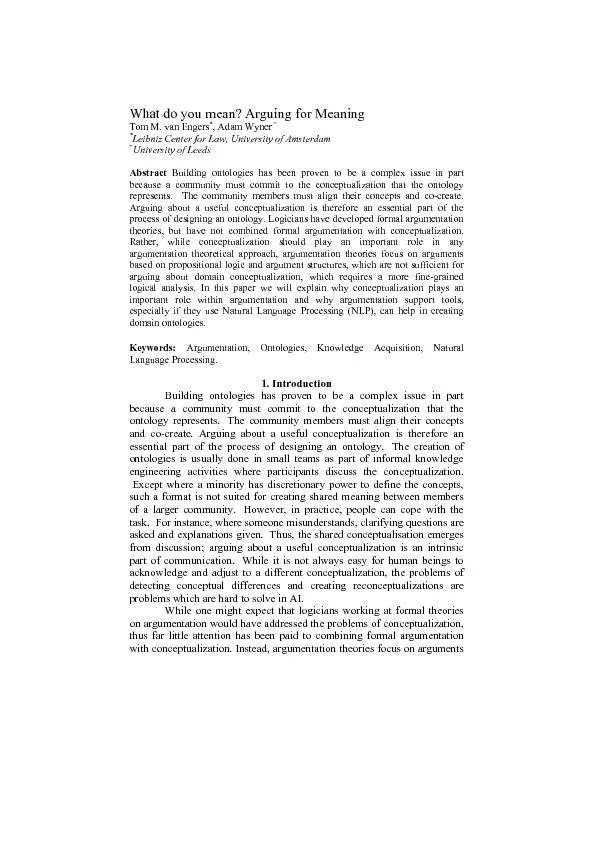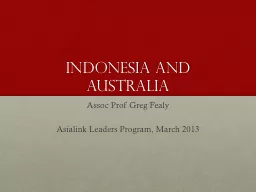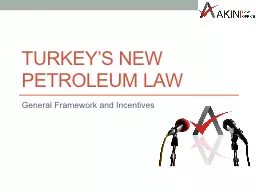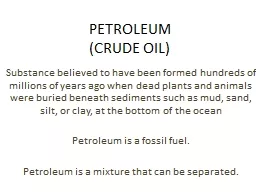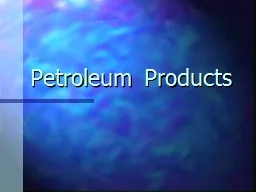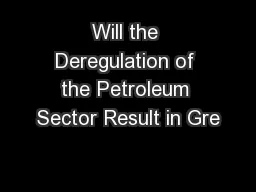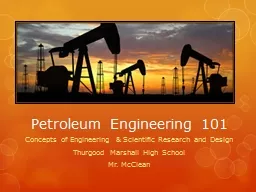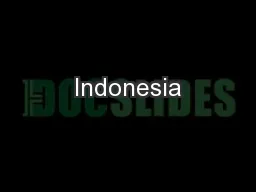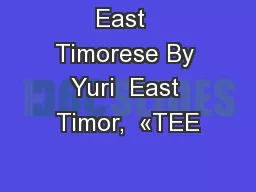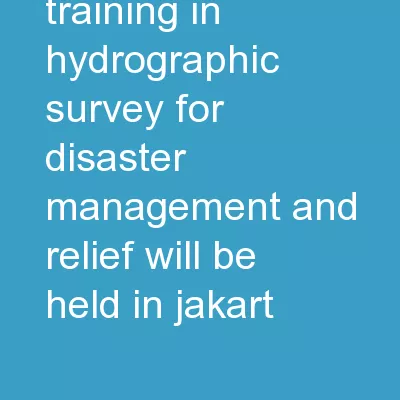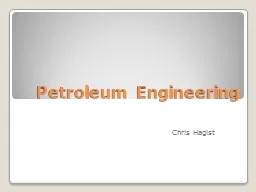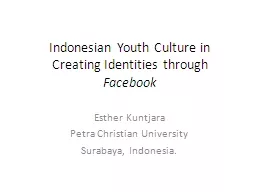PPT-PROCEEDINGS, INDONESIAN PETROLEUM ASSOCIATION
Author : basidell | Published Date : 2020-08-28
Thirtysixth Annual Convention and Exhibition 23 25 May 2012 Basin Evolution and Hydrocarbon Geochemistry of the LariangKarama Basin Implications for Petroleum System
Presentation Embed Code
Download Presentation
Download Presentation The PPT/PDF document "PROCEEDINGS, INDONESIAN PETROLEUM ASSOCI..." is the property of its rightful owner. Permission is granted to download and print the materials on this website for personal, non-commercial use only, and to display it on your personal computer provided you do not modify the materials and that you retain all copyright notices contained in the materials. By downloading content from our website, you accept the terms of this agreement.
PROCEEDINGS, INDONESIAN PETROLEUM ASSOCIATION: Transcript
Download Rules Of Document
"PROCEEDINGS, INDONESIAN PETROLEUM ASSOCIATION"The content belongs to its owner. You may download and print it for personal use, without modification, and keep all copyright notices. By downloading, you agree to these terms.
Related Documents

